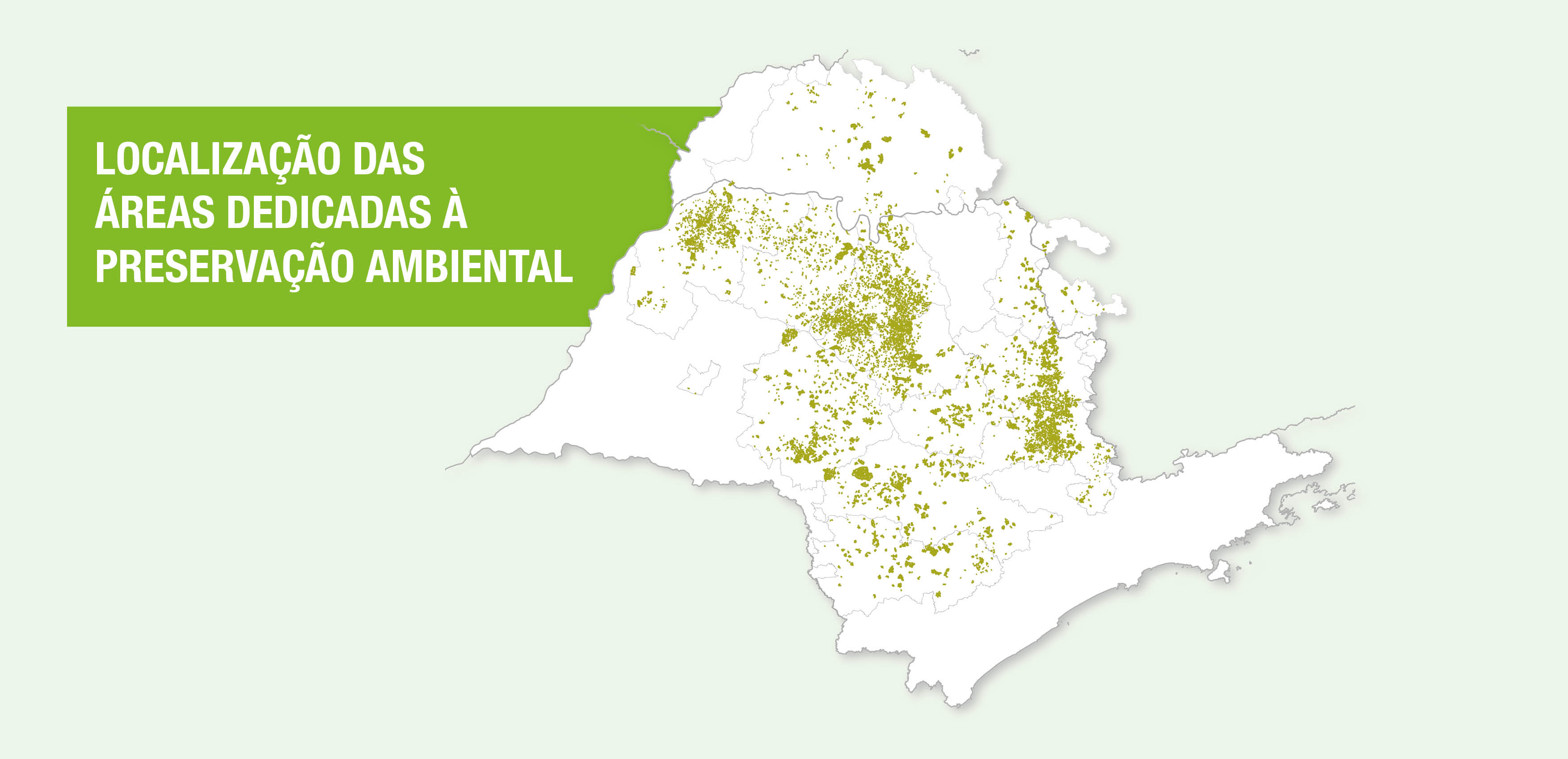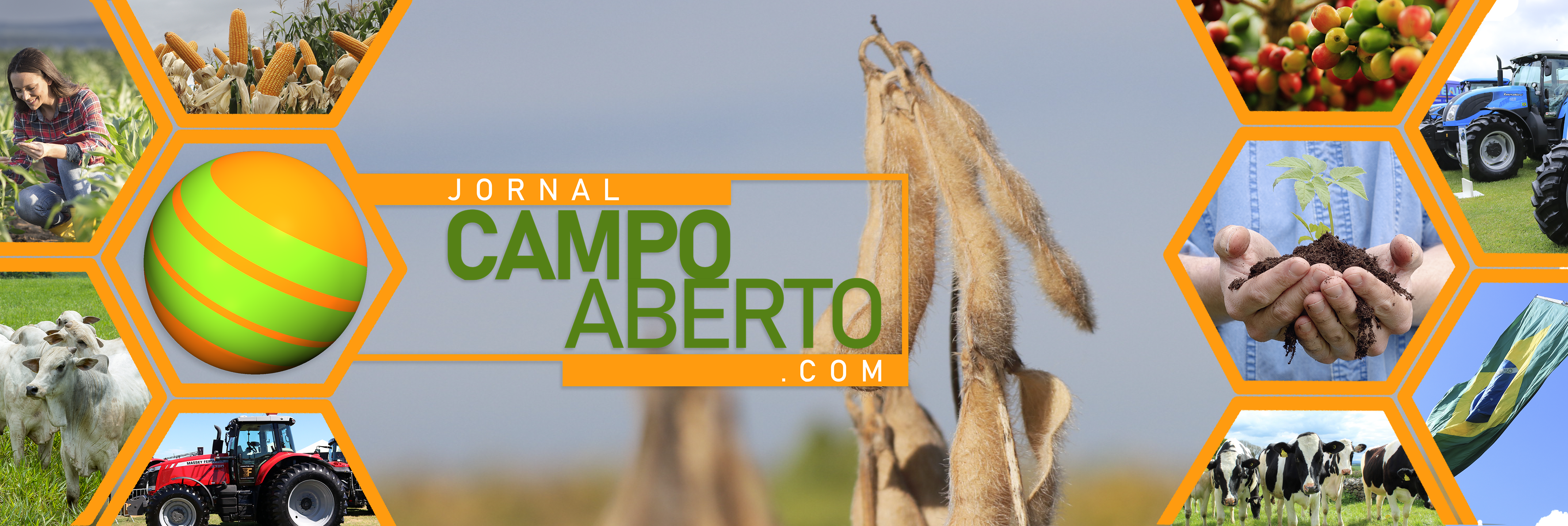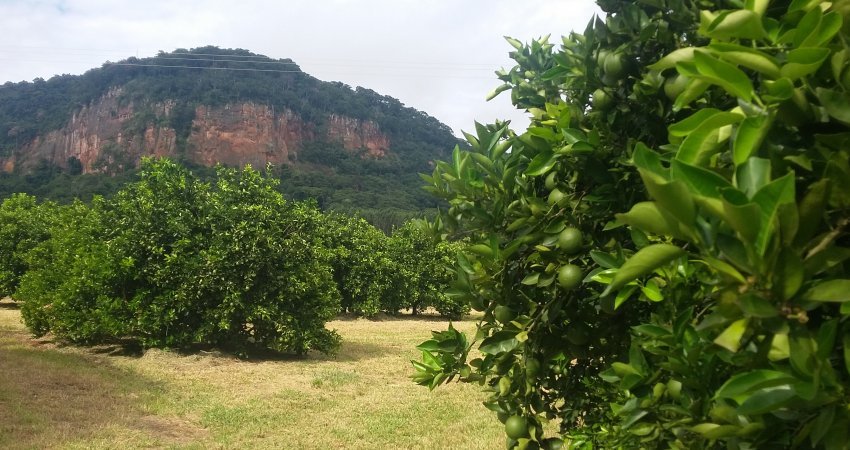Pesquisa inédita feita pelo Fundecitrus com metodologia da Embrapa Territorial mostra contribuição ambiental da citricultura
A Pesquisa de Estimativa de Safra (PES) do Fundecitrus realizou um estudo inédito na citricultura, a quantificação das áreas dedicadas à preservação da vegetação nativa e da biodiversidade existentes nas propriedades citrícolas de São Paulo e Triângulo e Sudoeste Mineiro, que revelou que as áreas verdes totalizam 181.750 hectares. Nessas mesmas propriedades, a área destinada à citricultura soma 459.058 hectares, o que significa que há um hectare dedicado à preservação ambiental para cada 2,52 hectares de cultivo de citros.
“Pela primeira vez, foi possível dimensionar a contribuição ambiental da citricultura, que é muito expressiva. Esse patrimônio preservado mostra que a citricultura brasileira possui um compromisso com a sustentabilidade ambiental”, diz o gerente-geral do Fundecitrus, Juliano Ayres.
O coordenador da PES, Vinícius Trombin, explica que a perenidade da citricultura favorece a preservação da flora e fauna, criando condições favoráveis para a instalação da vida animal. “As árvores de citros têm vida produtiva de cerca de 20 anos, então não há movimentação intensa da terra com frequência, e o sistema de cultivo demanda baixo trânsito de equipamentos invasivos, fatores que tornam as matas ambientes estáveis e seguros para os animais”, esclarece. “A fruticultura oferece ainda alimento para pássaros e pequenos animais”, acrescenta.

Metodologia da Embrapa Territorial
A quantificação da área preservada utilizou informações do mapeamento completo do cinturão citrícola feito pelo Fundecitrus em 2017 e dados do Cadastro Ambiental Rural (CAR). O tratamento das informações do CAR foi feito com base em metodologia desenvolvida pela Embrapa Territorial (Campinas, SP) – o método começou a ser construído em 2016 para mensurar e cartografar as terras destinadas à preservação da vegetação nativa em todo o País e pode ser conhecido, juntamente com números e mapas por estado e microrregião, em www.embrapa.br/car.
Para o chefe-geral da Embrapa Territorial, Evaristo de Miranda, as informações obtidas pelo Fundecitrus são relevantes para a defesa da sustentabilidade da produção brasileira. “O trabalho complementa e enriquece as análises sobre dimensão territorial das áreas destinadas à preservação da vegetação nativa pelos produtores rurais ao aplicar métodos desenvolvidos pela Embrapa Territorial às propriedades do corredor citrícola, e os resultados são significativos”, comenta.
Produção sustentável
Na avaliação do pesquisador do Instituto Internacional de Ecologia (IEE) José Galizia Tundisi, especialista em gerenciamento de recursos hídricos, a relação entre as áreas de florestas nativas e as áreas de produção de citros significa um importante investimento e um exemplo fundamental para a produção sustentável. “Esta iniciativa não beneficia somente o setor produtivo citrícola, beneficia toda a sociedade”, afirma. “Já está evidenciado cientificamente que a manutenção de áreas com vegetação nativa tem influência quantitativa e qualitativa no ciclo hidrológico e na qualidade da água dos mananciais, além da preservação da biodiversidade terrestre”, pontua.
O biólogo e pesquisador do Centro de Estudos de Insetos Sociais da Universidade Estadual Paulista (Unesp-Rio Claro), Osmar Malaspina, também destaca o impacto sobre a fauna. “Essas áreas protegidas contribuem para a manutenção da biodiversidade e ajudam na preservação de espécies polinizadoras como as abelhas. A presença desses polinizadores gera um retorno financeiro significativo ao produtor, aumentando em até 50% a quantidade e a qualidade dos frutos produzidos”, enfatiza.
Além disso, dados do Instituto Brasileiro de Geografia e Estatística (IBGE) indicam alta produção de mel no cinturão citrícola. “Cerca de 80% do mel produzido no estado de São Paulo está nos municípios que cultivam a citricultura. Nessa região, o crescimento da produção do alimento na última década foi muito maior do que em cidades fora do cinturão”, destaca Trombin.
English version
Citrus farms have 182 thousand hectares of native woods equivalent to one hectare of forest to every two and a half hectares of citrus
Unprecedented study shows the environmental contribution of the Brazilian citriculture
This year, the Crop Forecast Survey (PES) by Fundecitrus included an unprecedented study in citriculture on the quantification of areas dedicated to the preservation of native vegetation and biodiversity on citrus farms in São Paulo and West-Southwest Minas Gerais, which showed that green areas total 181,750 hectares. The area allocated to citriculture on those same farms amounts to 459,058 hectares, i.e., there is one hectare dedicated to environmental preservation to every 2.52 hectares of citrus groves.
“For the first time it was possible to assess the environmental contribution of citriculture, which is quite considerable. This preserved fixed asset shows the commitment of the Brazilian citriculture to environmental sustainability”, says Fundecitrus general manager Juliano Ayres.
PES coordinator Vinícius Trombin explains that the perenniality of citriculture favors the preservation of flora and fauna, creating favorable conditions for animal life to thrive. “The bearing life of citrus trees is approximately 20 years, therefore intense earth moving is not frequent and the growing system involves low traffic of invasive equipment, keeping woods stable and safe to animals”, he clarifies. “Fruticulture also provides food to birds and small animals”, he adds.
Methodology by Embrapa Territorial
The quantification of the preserved area was based on a methodology developed by Empresa Brasileira de Pesquisa Agropecuária – Embrapa Territorial, with information of the complete mapping of the citrus belt performed by Fundecitrus in 2017 and data from the Rural Environmental Registry (RER).
According to head of Embrapa Territorial Evaristo de Miranda, information is relevant to protect the sustainability of the Brazilian production. “This work complements and enriches the analyses on the territorial dimension of areas designated to preservation of native vegetation by farmers who use the methods developed by Embrapa Territorial on their farms in the citrus belt with significant results, he comments.
Sustainable production
According to the Brazilian forest code, preservation of vegetation aims at conserving water resources, landscape, soil, biodiversity of flora and fauna and the well-being of the population.
In the assessment by researcher at the Instituto Internacional de Ecologia (IIE) José Galizia Tundisi, who specializes in the management of water resources, the rate between areas of native forests and citrus growing areas represents an important investment and a crucial example for sustainable production. “This initiative benefits not only the citrus production sector, but rather all society”, he states. “It has already been scientifically evidenced that areas of preserved native vegetation have quantitative and qualitative influence on the hydrological cycle and the spring water quality, as well as on the preservation of the land biodiversity”, he points out.
Biologist and researcher at the Centro de Estudos de Insetos Sociais of the Universidade Estadual Paulista (Unesp-Rio Claro) Osmar Malaspina also highlights the impact on the fauna. “These protected areas contribute to sustained biodiversity and help preserve pollinating species such as bees. The presence of pollinators generates a significant financial return to growers due to an increase of up to 50% in the quantity and quality of fruits produced”, he emphasizes.
In addition, data from the Instituto Brasileiro de Geografia e Estatística (IBGE) points to a large production of honey in the citrus belt. “Approximately 80% of the honey in the state of São Paulo is produced in cities where citrus is grown. In the region, the increase in honey production in the last decade was much greater than in cities that are not part of the citrus belt “, highlights Trombin.
In Aguaí (SP), the farm of citrus grower Richard Van Den Broek surpasses the 20% of preserved woods required by law. His family has been dedicated to citriculture for three generations, passing on the concern about the environment. In order to conserve the soil and the eight kilometers of the Itupeva river that cross the farm, the citrus grower employs no-till and contour farming. Animals such as puma, pampas deer, black capuchin and paca are often seen – hunting and fishing are prohibited. Bees are kept in the woods as well.
“The farm was purchased in 2002 and already had a preservation area that demanded care, so all recommended good practices were adopted to maintain it”, he comments. “As long as growers respect the environment, they benefit the most, with preserved tributaries, water supply and a balanced ecosystem. We perceive that as wealth and are greatly pleased to know that flora and fauna are in harmony with citrus growing”, he says.
Fonte: Fundecitrus






































